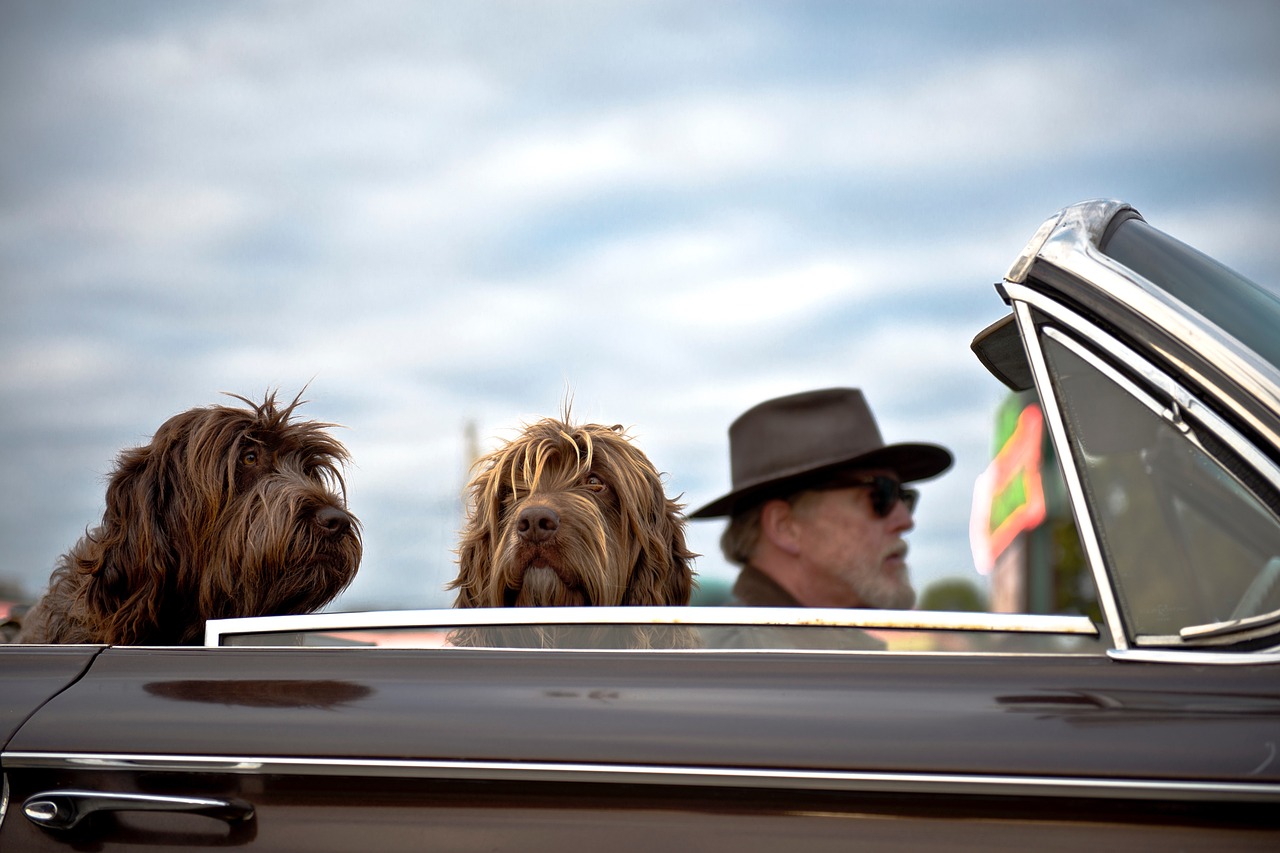Imagine hitting the road with your furry best friend, your dog’s head poking out of the car window, ears flapping in the wind, eyes sparkling with excitement. This idyllic scenario is every dog owner’s dream when planning a trip with their canine companion. However, the reality can often be a mixed bag of joy and unforeseen challenges. Today, we want to discuss the potential issues that arise when traveling to new places with your dog and how training can alleviate some of these problems.
A Dog’s View of Travel: Insights and Challenges
Traveling with your dog can definitely be a fulfilling and exciting journey, yet understanding it from their perspective reveals a blend of emotions and reactions. Let’s delve deeper:
-
- Anxiety: Some dogs might display signs of anxiety, like whining or trembling, particularly in a moving vehicle or when faced with the hustle and bustle of a busy airport.
- Excitement: On the flip side, the novelty of travel can spark excitement, leading to behaviors such as constant barking, jumping, or restless pacing.
- Disorientation: Unfamiliar terrains and routines might lead to a sense of disorientation in dogs, sometimes manifesting in unusual behaviors like excessive licking or seeking more attention than usual.
With their keen senses, dogs face a barrage of new stimuli during travel. The flurry of unfamiliar sights, sounds, and smells can be overwhelming. This sensory overload is akin to us walking into a bustling foreign market filled with unknown sights and sounds. This can lead to heightened stress or overexcitement for dogs, particularly those not accustomed to frequent travel. A cornerstone in a dog’s life is its routine. This predictable pattern of meals, walks, and rest times impart a reassuring structure. When this routine is disrupted due to travel, it can untangle their sense of security and lead to stress-related behaviors. Some dogs may become clingier, while others might lose their appetite or experience sleep disturbances.
Training Your Canine for Comfortable Journeys
Now that we know more about how dogs can react to travel, let’s learn how to help them.
The key to ensuring a smooth journey lies in effective training. Mastering basic commands like ‘sit,’ ‘stay,’ and ‘heel’ is the foundation you can work off of. These commands are important for the safety of your dog but also for your peace of mind as an owner, especially in unfamiliar or crowded environments. They help in preventing potential mishaps like your dog running off or getting overly excited in new places.
In new places, your dog is sure to see new faces, which is why socialization training is another vital aspect. Training should involve gradually and safely exposing your dog to various environments, sounds, and crowds. Well-socialized dogs are less likely to react negatively or feel overwhelmed in new settings. This training helps them become adaptable, ensuring they remain calm and approachable, whether interacting with new people or other animals.
If you know you are going to travel, you have time to implement some desensitization training over a period of time. Desensitization techniques are particularly effective for dogs that show signs of anxiety or discomfort with travel-related stimuli, such as car rides or being in a crate. Start by introducing these elements in a non-threatening, familiar environment. Gradual exposure helps build your dog’s confidence, making them less likely to react fearfully or aggressively during actual travel.
Just as important as training your dog is giving them the best opportunity to succeed. Make sure you thoroughly research your travel plans – hotels, planes, events, locations – to ensure they are dog-friendly. There is no point in training your furry friend to respect the rules of a crowded area if every part of your trip turns you away before you enter.
If you want to start the training journey with your dog, contact Gulf Coast K9 Dog Training today.





